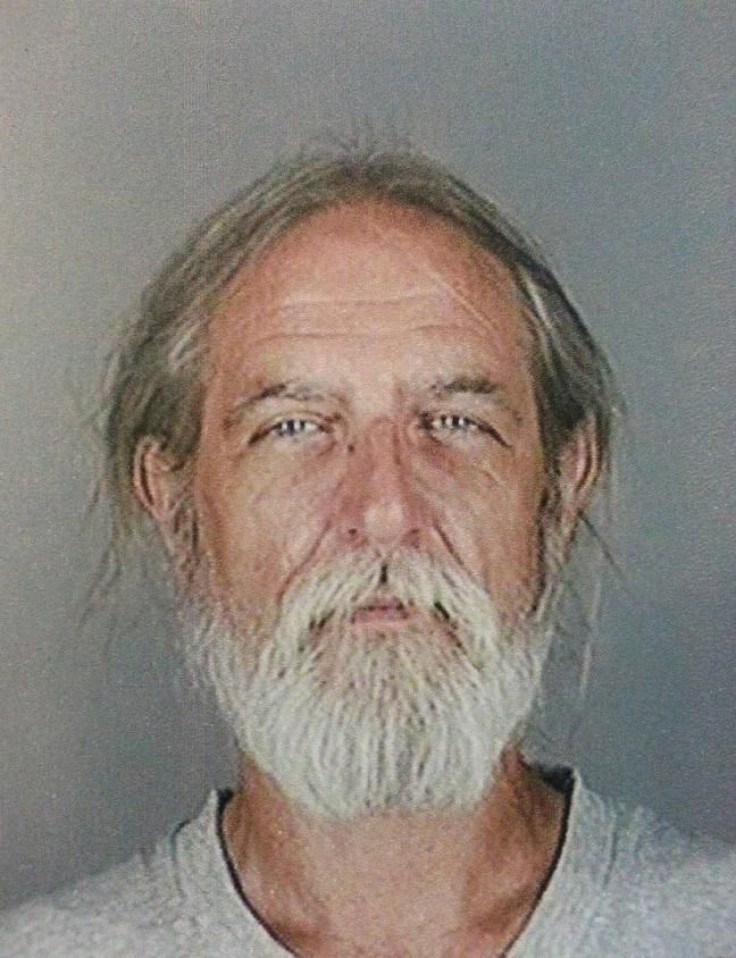Could A Felon Like Fireman-Killer William Spengler Legally Acquire His Weapons?
Police are still searching for the answer, but one thing is clear: it would have been very easy

UPDATE (Dec. 25 3:52 p.m. EST): One of the three weapons recovered at the crime scene was a .233 caliber semiautomatic Bushmaster rifle with a flash supressor, according the Associated Press. This was the same gun used by the Sandy Hook Elementary School killer Adam Lanza. Flash supressors were considered a military feature that were prohibited under the Federal Assault Weapons Ban that expired in 2004.
--
Police are still trying to figure out what drove 62-year-old William Spengler started a fire in his home in Webster, N.Y., in a chilling plot to ambush responding firefighters. He killed Lt. Mike Chiapperini, 43, and Tomasz Kaczowka, 19, and wounded three others before taking his own life with guns he could not have legally owned as a felon -- at least in the state of New York.
Webster Police Chief Gerald Pickering said Tuesday that Spengler left a typewritten note saying he wanted to burn down the neighborhood and "do what I like doing best, killing people," the Associated Press reported.
The search for the killer’s sister, who has been missing since the shooting, continued on Christmas Day. The search for clues into Spengler’s motives has included a compelling hint: an obituary written for his mother, Arline, who passed away on Oct. 7, in which the author asked that memorials be made to the local firemen’s association.
Spengler had lived in the home with his mother and sister since his parole from prison in 1998 -- after murdering his grandmother.
Neighbor Roger Vercruysse told the AP Spengler "loved his mama to death" but "couldn't stand his sister." He said Spengler "stayed on one side of the house and she stayed on the other."
Authorities told the local NBC affiliate that three guns were found at the crime scene, including a semi-automatic rifle with four 30-round magazines, one of which was emptied in the assault. Spengler, who served 16 years in prison for beating his grandmother to death with a hammer and tossing her down a flight of basement stairs in 1980, could not legally own these firearms.
“Police say several guns found at home of Webster firefighter killer -- all illegal, since he was convicted felon,” said the New York Times City Room bureau chief Andy Newman in a Twitter post on Monday, repeating a refrain that has appeared in several media reports -- that convicted felons can't legally own guns.
While it is true that Spengler’s acquiring weapons legally would have been next-to-impossible in New York, a state with some of the strictest gun laws in the country, the same could not be said had he committed his murderous assault 200 miles to the southwest in Ohio, where judges are more lenient in reinstating former felons’ gun ownership rights.
Or Spengler could just have traveled to the nearest gun show and purchased weapons through a loophole that excludes these expos from checking criminal backgrounds. Regardless of his revoked gun owership rights, it’s easy in America for a psychotic ex-convict to illegally acquire weapons (or in some cases petition for gun rights reinstatement) because states have vastly different approaches to the right to keep and bear arms.
This means any laws passed by one state to prohibit ex-convicts or people with serious mental problems from legally acquiring weapons are useless if other states have gun shows every few months, or have judges who liberally reinstate gun ownership rights to those with past violent crime convictions, or have fairly easy petition processes for gun-ownership reinstatement to felons.
It would seem intuitive that the country as a whole (rather than the states) would find a nationally cohesive way to prevent someone with mental health problems or a history of violent crime from keeping and bearing arms. But the 1986 Firearm Owners Protection Act reeled back federal authority under the Gun Control Act of 1968, and the result is what we see today: a patchwork of many jurisdictions.
“Prior to ’86, the feds governed the prohibition of felons regaining gun rights under the Gun Control Act of 1968, a knee-jerk legislative reaction to the MLK [Martin Luther King Jr.] and RFK [Robert F. Kennedy] assassinations. After all, if it’s a law and was signed by LBJ [President Lyndon B. Johnson] in the ’60s, what’s not to like?” wrote gun rights advocate Dan Zimmerman, who criticized a 2011 New York Times investigative piece on gun-rights reinstatement for ex-convicts.
The article identified 11 states that automatically reinstate Second Amendment rights for nonviolent convicts. States including Ohio, Minnesota and Virginia allow violent felons to petition for reinstatement. Others, including Nebraska and Georgia, routinely grant numerous pardons every year that reinstate gun-ownership rights for felons.
A study published in the American Journal of Public Health in 1999 concluded that felons who are denied access to handgun purchases were 20 to 30 percent less likely to commit further gun crimes. If that finding is correct, violent crime is diminished when felons like Spengler are unable to acquire handguns, legally through petition processes with different requirements depending on the state, or illegally by exploiting the so-called gun show loophole.
© Copyright IBTimes 2024. All rights reserved.












